Hur länge kan Bess hålla energi?
När du investerar i ett batterilagringssystem (BESS) För att lagra din värdefulla solenergi, En vanlig fråga är, "Om jag inte använder energin direkt, Kommer det bara att försvinna?" Det är ett giltigt problem - du vill vara säker på att kraften du sparar kommer att vara där när du behöver den mest.
En modern bess som använder litiumjärnfosfat (LFP) Kemi är oerhört effektiv när det gäller att hålla energi under långa perioder. Tack vare en mycket låg självdiskladdningshastighet på bara 1-3% per månad, En fulladdad Bess kommer fortfarande att behålla den stora majoriteten av sin kraft även efter att ha satt tomgång i flera månader. Detta gör det till en exceptionellt pålitlig energibank för ditt hem eller företag.
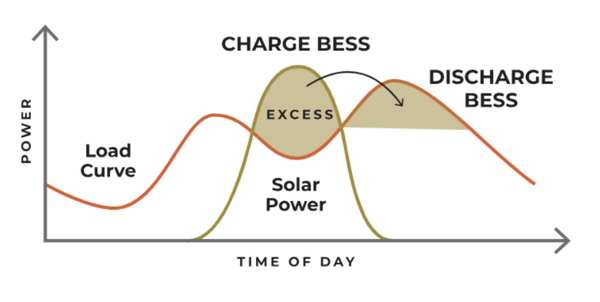
På Gycx Solar, Vi väljer teknik som ger varaktigt värde och tillförlitlighet. LFP: s förmåga bess batterilagring System vi installerar för att hålla en avgift för längre perioder är en viktig anledning till att de ger så stor sinnesfrid. Låt oss utforska mer heta ämnen om BESS -teknik.
Vilka är för- och nackdelarna med batterilagring?
Ett batterilagringssystem är ett kraftfullt verktyg, Men som alla tekniker, Det levereras med en uppsättning för- och nackdelar. Att ha en balanserad förståelse är nyckeln till att fatta ett informerat beslut.
Huvudsaklig proffs av en bess är energioberoende, signifikant kostnadsbesparingar på elräkningar (Särskilt med solenergi), och ovärderlig reservkraft Under nätavbrott. Huvudsaklig nackdelar är investeringar i hög förhand, a ändlig livslängd med gradvis nedbrytning över tid, och den fysiskt utrymme krävs för installation.
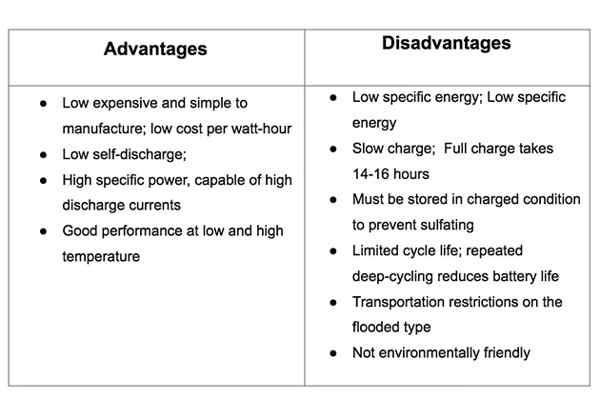
Dyk djupare: Väger fördelarna och nackdelarna
Låt oss bryta ner för- och nackdelarna för en husägare eller företag i Singapore:
- Proffs:
- Elräkningsbesparing: Detta är en enorm förare i Singapore. Genom att lagra din överskott av solenergi som genereras under dagen och använda den på natten, Du minskar drastiskt mängden dyr el du behöver köpa från nätet.
- Backup Power & Elasticitet: Medan Singapores rutnät är mycket tillförlitligt, avbrott kan fortfarande hända. En bess ger sömlös, Omedelbar kraft för att behålla dina väsentliga apparater - som ljus, kylskåp, internet, och till och med luftkonditionering - rör sig under en blackout.
- Energioberoende: Få mer kontroll över din strömförsörjning och påverkas mindre av fluktuerande energitullar eller nätfrågor.
- Miljöfördelar: Maximerar användningen av din egen rena solenergi, ytterligare minska ditt koldioxidavtryck.
- Nackdelar:
- Hög kostnadskostnad: En BES är en betydande finansiell investering. Maskinvaran och professionell installation kräver ett betydande initialt utlägg.
- Ändlig livslängd: Batterier försämras över tiden. Medan en modern LFP1 Bess varar länge (10-20 år), Det är inte ett engångsköp under en livstid och kommer så småningom att behöva ersätta.
- Rymdkrav: En bess kräver en dedikerad, säker, och väl ventilerat utrymme för installation. I rymdmedvetna hem, Att hitta rätt plats är en viktig del av planeringsprocessen. Det är därför kompakta väggmonterade och racksystem är så populära.
- Rundturseffektivitetsförluster: Du får inte 100% av energin tillbaka. En liten procentandel (typiskt 5-15% för moderna LFP -system) går förlorad som värme under laddnings-/urladdningscykeln.
På Gycx Solar, Vi finner att för de flesta av våra kunder, De långsiktiga ekonomiska besparingarna och den ovärderliga sinnesfriden från att ha backup-kraft överväger långt de initiala kostnaderna.
Vad är livslängden för ett bessbatteri?
En bess är en långsiktig tillgång, Så att förstå dess förväntade livslängd är avgörande för att beräkna dess totala värde. Hur många års pålitlig service kan du förvänta dig av batterierna i ditt system?
Batterikomponenten i en modern bess, som vanligtvis använder LFP (Litiumjärnfosfat) kemi, är utformad för uthållighet och har en planerad livslängd av 10 till 20 år. När det gäller användning, Dessa batterier är betygsatta för en imponerande 3,000 över 6,000 Full laddningscykler. För att garantera denna föreställning, ansedda tillverkare tillhandahåller en 10-årsgaranti som standard.
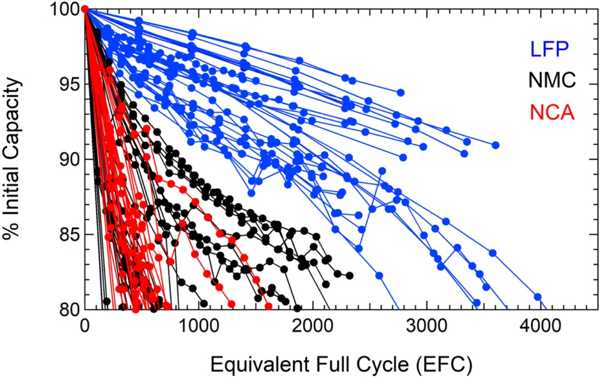
Dyk djupare: Makning av en långvarig bess
Längden i en modern bess är ett resultat av flera viktiga faktorer:
- Överlägsen LFP -kemi: LFP är kemiskt mer stabilt och robust än andra vanliga litiumjonstyper. Det är byggt för att motstå stressen med daglig cykling från ett solpanelsystem för tusentals cykler. Ett batteri cyklade en gång om dagen för 15 år kommer att genomgå 5,475 Cykler - Ett nummer A Quality LFP BESS är utformad för att hantera med lätthet.
- Intelligent batterihanteringssystem (BMS): BMS är batteriets vårdnadshavare. Det förhindrar att cellerna drivs utanför deras säkra gränser (till exempel, överladdning, överurladdning) och håller cellerna balanserade, vilket är viktigt för ett långt och hälsosamt liv.
- Korrekt termisk hantering: BESS -höljet är utformat för att hålla batterierna coola. Detta är särskilt kritiskt i Singapores ständigt heta och fuktiga klimat. Att förhindra överhettning är en av de viktigaste faktorerna för att maximera batterilivslängden.
- 10-årsgarantin: Detta är branschstandarden för bostadsbeslut av hög kvalitet. Det garanterar vanligtvis att batteriet behåller en viss procentandel av sin ursprungliga kapacitet (till exempel, 70%) efter ett decennium, ger dig en fast baslinje för sin långsiktiga prestanda och värde.
Varför är människor mot Bess?
Medan BESS Technology erbjuder enorma fördelar, Du kanske ibland hör oro eller motstånd, särskilt när det gäller mycket stort, rutnätprojekt. Vilka är dessa problem, Och hur gäller de för hem- eller affärssystem?
Oro över storskaliga BESS-projekt härrör ofta från markanvändning i trånga områden, uppfattad brandsäkerhetsrisker (ofta baserad på föråldrad information om äldre batterikemiker), de miljöpåverkan tillverkning, och frågor om kosta. Det är viktigt att notera att modernt, Professionellt installerade bostads- och kommersiella LFP -system är specifikt konstruerade för att mildra dessa risker på en mycket mindre, säkrare.
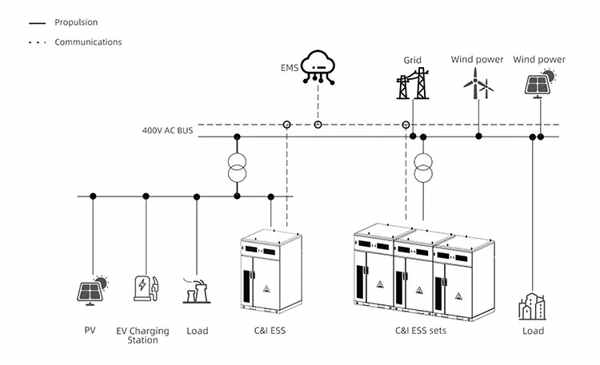
Dyk djupare: Erkänna och ta itu med oro
Låt oss titta på frågorna och hur modern teknik ger lösningar:
- Säkerhets rädsla: Detta är ofta den största offentliga oroen. Virala videor av litiumjonbränder (vanligtvis involverar små, skadad konsumentelektronik med mer flyktiga kemister) skapa rädsla.
- Lösningen: Vi tar upp detta genom att uteslutande använda LFP -kemi, Vilket är mycket säkrare och mindre benägna att termiska språng än kemin i din telefon eller bärbara dator. dessutom, varje bess batterilagring System vi installerar är en certifierad produkt (till exempel, Det är en bikupa 9540 standarder) med flera lager av säkerhet från dess avancerade BMS och installeras av licensierade proffs.
- Markanvändning och estetik: En massiv BESS-skala kan vara ett ögonblick och tar betydande utrymme.
- Lösningen: För hem och företag, Lösningen är kompakt, estetiskt utformade system. Modern väggmonterade batterier har en elegant, apparatliknande utseende, och rackmonteringssystem kan vara snyggt inrymt i ett kompakt skåp, minimera det fysiska och visuella fotavtrycket.
- Miljöpåverkan: Gruvdrift av råvaror för batterier har en miljöavgift.
- Lösningen: Igen, LFP ger ett bättre svar som det innehåller Ingen kobolt eller nickel, Två av de mest problematiska mineralerna i batteriförsörjningskedjan. Den växande återvinningsindustrin arbetar också för att skapa en mer hållbar, cirkulär ekonomi för alla batterimaterial.
- Kosta: Människor kan oroa sig för kostnaden för stora nätprojekt.
- Lösningen: På konsumentnivå, Medan det finns en investering i förväg, En BESS skapar värde genom att minska elräkningarna. På rutnivån, Bess sänker ofta de totala kostnaderna genom att minska behovet av dyra, Förorenande "topp" kraftverk.
Gycx solhistoria: "När vi pratar med kunderna, Vi tar upp säkerheten framåt. Vi förklarar varför LFP -tekniken i våra system är grundläggande annorlunda och säkrare än vad de kan se online, Och vi leder dem genom de flerskiktade säkerhetscertifieringarna av våra produkter. Denna transparens bygger förtroende."
Hur mycket kostar en lagring av batterivergi?
Om du funderar på en bess, Att förstå investeringen är ett avgörande steg. Vad är den typiska kostnaden för ett bostadssystem i Singapore?
Den totala installerade kostnaden för en bess batterilagring Systemet för ett hem kan variera från ungefär S $ 15.000 till $ 50.000 och uppåt, beroende på systemets storlek. Det slutliga priset bestäms av batteriets kapacitet (kWh), dess kraftbetyg (kW), komponenternas varumärke och kvalitet, och komplexiteten i installationen. På en enhet, Kostnaden är ofta mellan S $ 800 och S $ 1 500 per kWh För ett helt installerat LFP -system.
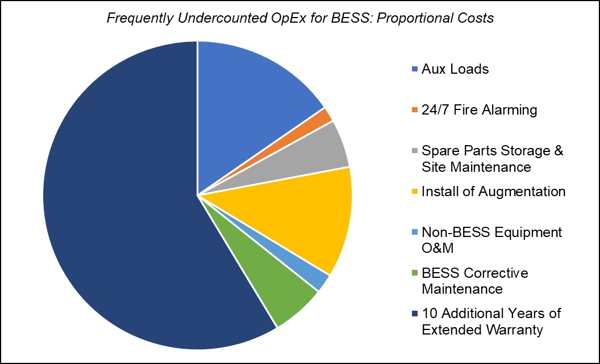
Dyk djupare: Vad som ingår i priset?
Kostnaden för en bess är mer än bara själva batteriet. Det är ett helt system, och priset inkluderar:
- Batterimoduler: Den kärnkraftslagringskomponenten. Mer KWH betyder en högre kostnad.
- Hybrid växelriktare (PCS): Den kraftfulla hjärnan i systemet som hanterar energiflödet.
- BMS och programvara: Den integrerade intelligensen som håller systemet säkert och optimerat.
- Systembalans (Bos): Det fysiska höljet (till exempel, en väggmonteringsenhet eller rackskåp), ledningar, Säkerhetsavkopplingar, och annan hårdvara.
- Professionell installation: Arbetar och expertis hos certifierade tekniker och licensierade elektriska arbetare (Ludd) För att säkerställa en säker, kodkomponerande installation.
- Värdet: Det är viktigt att väga denna kostnad mot de långsiktiga fördelarna. I Singapore, där eltariffer kan vara höga, Att lagra din egen solenergi för användning på natten kan leda till betydande faktureringsreduktioner över systemets 10-20 årslivslängd. Lägg till den ovärderliga säkerheten för säkerhetskopiering, och investeringsfallet blir mycket starkt.
På Gycx Solar, Vi ger tydliga, specificerade förslag så att du vet exakt vad du investerar i. Vi fokuserar på att utforma system som ger bästa möjliga långsiktiga värde för våra kunder.
En bess är en kraftfull, intelligent system som är nyckeln till modern energihantering. Det har energi med anmärkningsvärd effektivitet, har en lång och pålitlig livslängd, och är konstruerad med flera säkerhetslager. Genom att förstå både dess enorma fördelar och dess verkliga överväganden, Du kan göra ett säkert val.
Om du är redo att utforska hur a bess batterilagring System kan ge energisäkerhet och ekonomiska besparingar för ditt hem eller företag, Expertgruppen på Gycx Solar är här för att vägleda dig. Kontakta oss för ett professionellt samråd idag!
Att förstå begreppet LFP hjälper dig att bättre jämföra och förstå batterirelaterade datakoncept. ↩
